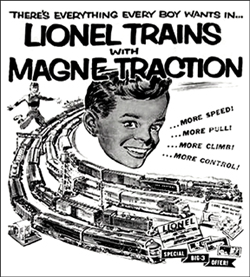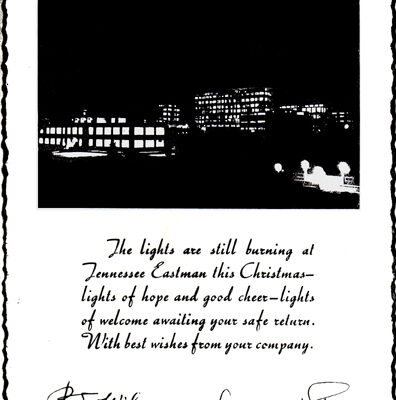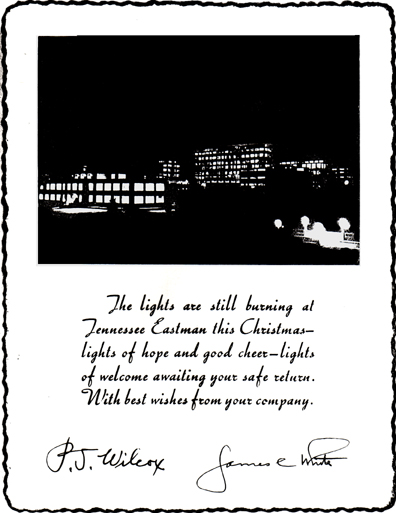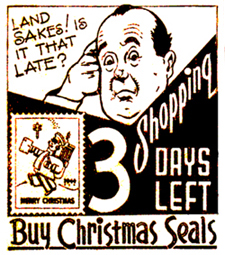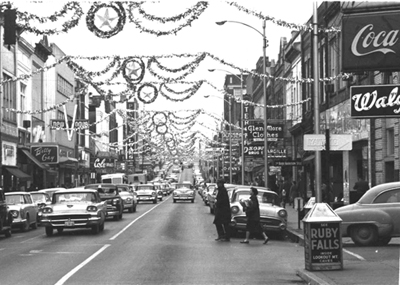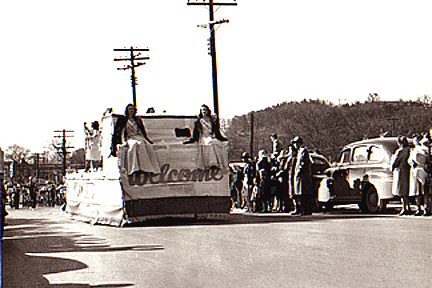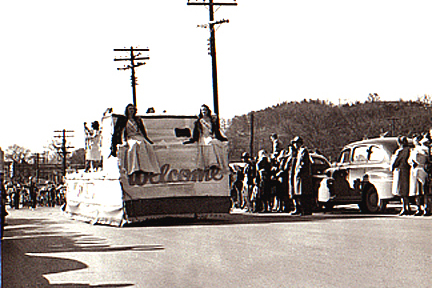Christmas 1912 was a pecuniary delight to the pocketbooks of about 9,000 local inhabitants because of abnormally low Christmas tree, poultry and fruit prices.

While some people located and cut trees in rural areas, most urban dwellers purchased theirs from street vendors and nearby tree farms. Choice 4- to 10-foot trees that were straight and shapely could be acquired for 10 and 15 cents, affording the luxury of an indoor tree for even the poorest city dwellers. A cedar tree could be obtained for the cost of a loaf of bread. Vendors were eventually compelled to lower their prices to about the cost of transportation.
What caused this unexpected drop in prices? Talk early in the season of an embargo of cedar and spruce trees prompted residents to believe that prices for the commodity would be high for the coming holiday season. This caused a momentary swell in tree prices.
Soon, a glut of trees became available on the market by those wanting to make a profit from the supposed shortage. Those patrons who bought their trees early paid a dollar or more for them. Almost overnight, a deluge of trees became available for sale dropping prices substantially.
Sellers normally sold trees on a “cash and carry” basis. For those affluent citizens, trees with stands on them could be delivered to the customer’s home at a cost depending on the distance to the buyer’s residence. A stand added 15 cents to the price tag while a few sprigs of holly increased it another 10 cents. The plunge in prices allowed many shoppers to buy a second or third tree for home decorating. Christmas greens were also cheaper than usual that year with red berry wreaths selling at $1.25/dozen, pine ropes at 2.25 cents/yard and roping of laurel wreathes for 3 cents. The lone exception was holly, which was in short supply and high demand.
A similar scenario occurred in the poultry markets brought about by mild weather and good crops. The market became overstocked with a variety of fowl and game, causing the risk that the Christmas season would leave dealers with thousands of birds on their hands.
A 1912 newspaper noted that Southern Railway picked up approximately 150,000 birds, mostly turkeys, at Morristown and delivered them to New York for distribution. Suppliers of birds were situated mainly in East Tennessee, Northern and Southwest Virginia, Western North Carolina and Kentucky.
The rail trip with numerous stops took 45 hours, traversing the rugged and beautiful mountains of North Carolina, northward to Washington and onward to the Jersey yards by the Pennsylvania Railroad.
Surprisingly, there were no single turkey farms of any magnitude in East Tennessee; shipments were made up from numbers of small “drives.” An amusing aspect of this business was the fact that turkey raising was orchestrated primarily by farmers’ wives of the surrounding mountain country. Proceeds from the sale of their flocks provided a source of Christmas spending money to the ladies.
Poultry prices per pound were turkeys, 25-28 cents (compared to 32 cents the previous year); geese and roasting chickens, 25 cents; chickens for fricassee (cutting the bird into pieces and stewing it in gravy), 20 cents; and celery-fed ducklings, 25 cents. Prices were corresponding low for squabs, pigeons and other game.
Trimming for the Christmas dinner was also quoted at reasonable prices caused by the arrival of trainloads of fruit and nuts. Mexican oranges went for 10 cents/dozen, a basket of 10 to 14 apples brought 25 cents and large grapefruits sold for 6 cents each.
Don’t look for those prices today; that was almost a century ago.

